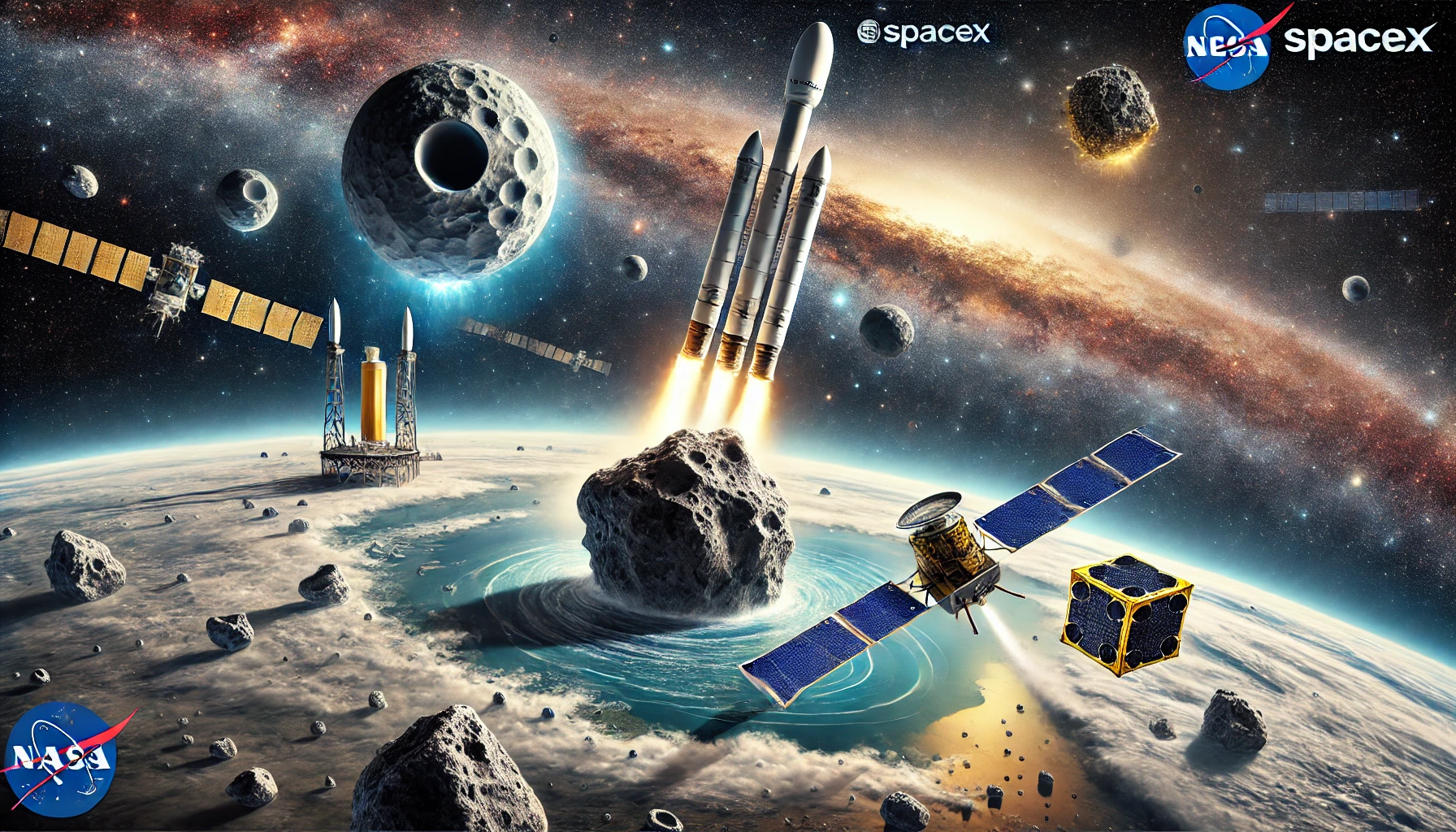 The European Space Agency's Hera mission is preparing for a significant mission to the asteroid Dimorphos, another major step in exploring and defending our planet from space threats. Set for launch on a SpaceX Falcon 9 rocket from Cape Canaveral on October 7, 2024, this mission aims to study what happened after nasa dart mission . This mission showed how we can protect the planet by crashing into Dimorphos in 2022 to change its path around its partner asteroid, Didymos.
The European Space Agency's Hera mission is preparing for a significant mission to the asteroid Dimorphos, another major step in exploring and defending our planet from space threats. Set for launch on a SpaceX Falcon 9 rocket from Cape Canaveral on October 7, 2024, this mission aims to study what happened after nasa dart mission . This mission showed how we can protect the planet by crashing into Dimorphos in 2022 to change its path around its partner asteroid, Didymos.
This joint project by NASA and ESA gives valuable insights into the technology used in planetary defense. While DART's crash showed we can change an asteroid's course, Hera’s mission looks at what happens after the impact, studying how an asteroid reacts. This knowledge could be vital for future efforts to protect Earth from asteroid threats.
Hera's Goals: An Up-Close Study of Dimorphos
Hera, along with its two small satellites, Milani and Juventas, will reach Dimorphos in 2026, beginning a deep study of the asteroid. The mission will examine the size, depth, and details of the crater made by DART, studying the changes caused by the collision. By looking at both the surface and inside of Dimorphos, Hera provides scientists with a clearer view of how effective the impact was and if we can use similar ways to prevent dangerous asteroids from reaching Earth.
One key part of this mission is the use of the small satellites. These will help Hera gravity mapping , surface minerals, and inner parts of the asteroid. This complete study will give crucial information needed to plan future planetary defense methods.
Working Together for Planetary Safety
The team effort between NASA and ESA on planetary defense shows a big move to protect Earth from space dangers. This mission is more than just discovery, it is a step to be ready for possible threats. Hera’s findings will affect how space groups worldwide get ready for and handle future asteroid threats.
Also, the partnership shows how vital international teamwork is in space study and defense. With SpaceX offering launch services, it shows the key role private space companies play in moving global space missions forward.
What's Ahead?
Looking ahead, the Hera mission is a critical move to protect the planet. The data will help with not only defense plans but also understanding the rocky bodies near us. If Hera's mission works well, it may start a new age of space study, making us ready to stop harmful impacts from asteroids.
With this mission, Earth’s defense is stretching, providing the tools needed to shield our planet from space threats.
